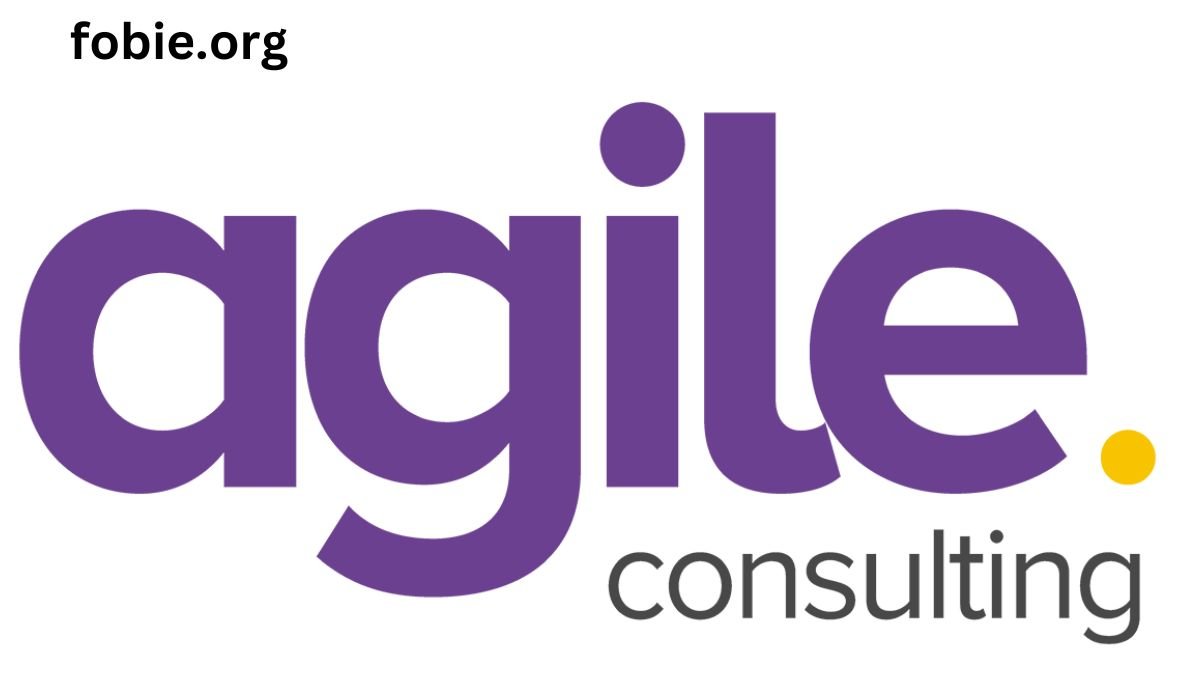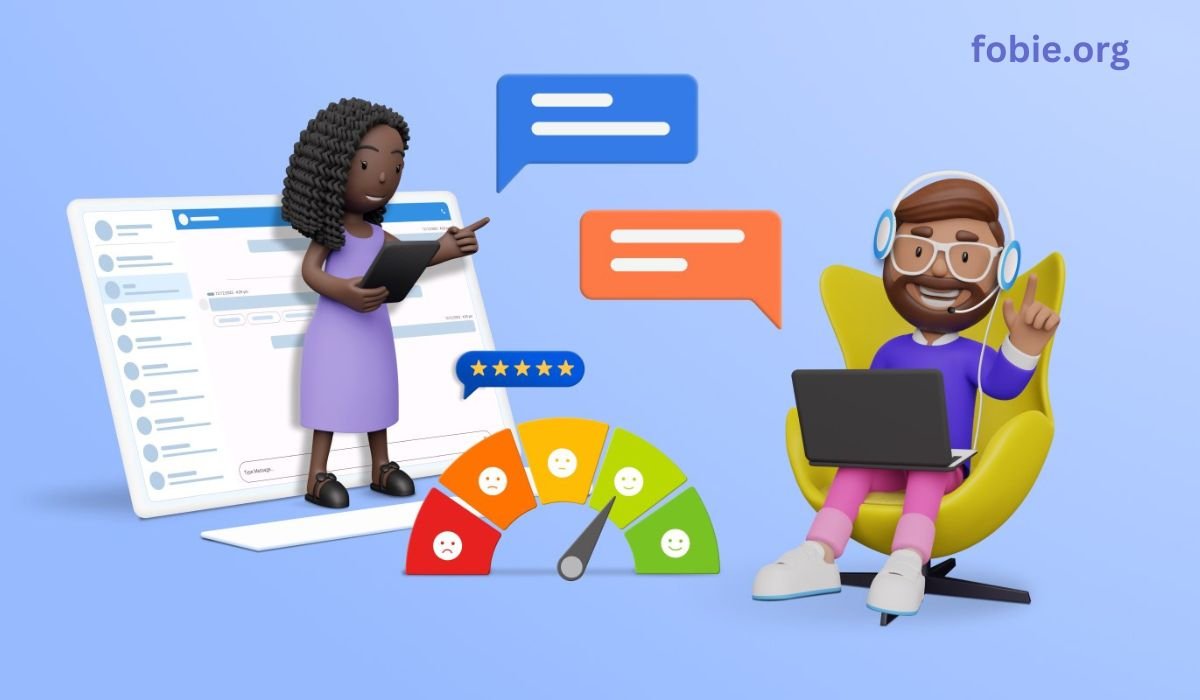Understanding customer behavior is one of the most impactful strategies for improving small business operations.
With the rise of data analytics and tools like advanced CRM solutions, businesses now have more access to insights than ever. These insights help identify customer preferences, predict purchasing habits, and create tailored marketing strategies.
This article will explore how understanding customer behavior can revolutionize small business operations, from increasing efficiency to boosting profitability.
Why Customer Behavior Matters in Small Business
Small businesses thrive on relationships and personalized service. By analyzing customer behavior, companies can anticipate needs, solve problems faster, and deliver exceptional value.
Building Stronger Customer Relationships
Customer loyalty is a key driver for small business success. By studying purchasing habits, browsing patterns, and feedback, businesses can better understand what keeps customers coming back. This data can inform strategies for customer retention and satisfaction.
Identifying Key Trends
Customer behavior data highlights patterns and trends, such as seasonal demand or popular products. Recognizing these trends allows businesses to adjust inventory, plan promotions, and meet customer expectations effectively.
Optimizing Marketing Efforts
Data on customer behavior helps small businesses target marketing campaigns more effectively. Rather than relying on guesswork, owners can craft messages that resonate with their ideal audience, leading to higher engagement and conversion rates.
The Role of Technology in Understanding Customer Behavior
Today’s technology provides small businesses with powerful tools to analyze customer behavior. These tools streamline data collection and interpretation, making insights accessible even for non-experts.
Advanced CRM Solutions
Advanced CRM solutions are indispensable for small businesses aiming to manage customer interactions more effectively. They compile data from various sources like sales, social media, and customer feedback and present actionable insights.
CRMs can also segment customers by their behavior. This enables targeted marketing and personalized communication.
Analytics Tools
Google Analytics and similar platforms give businesses a wealth of information about how customers interact with websites. Metrics like page views, bounce rates, and session durations can inform strategies to enhance user experiences and increase sales.
Social Media Monitoring
Social platforms are treasure troves of customer insights. Monitoring mentions, comments, and engagement trends can help businesses gauge sentiment and respond to customer needs in real time.
How Customer Behavior Insights Improve Small Business Operations
Customer behavior insights can transform small business operations by streamlining processes, enhancing customer service, and driving innovation.
Streamlining Inventory Management
Understanding purchasing patterns helps businesses avoid overstocking or understocking inventory. For example, a bakery that notices an uptick in cupcake sales on Fridays can prepare accordingly, reducing waste and maximizing sales.
Enhancing Customer Service
Customer behavior insights reveal common pain points and preferences, allowing businesses to address them proactively. A coffee shop that learns customers value fast service during the morning rush might add an express checkout to improve satisfaction.
Personalizing Customer Experiences
Personalization is a proven way to increase customer satisfaction and loyalty. Insights from purchase histories or feedback enable businesses to offer tailored recommendations, discounts, or services that align with individual customer needs.
Driving Operational Efficiency
By analyzing behavior data, small businesses can identify inefficiencies in their processes. For instance, an online store might discover that a complicated checkout process leads to abandoned carts. Simplifying this process can significantly boost sales.
Leveraging Insights for Growth
Customer data can streamline operations and fuel growth. It can uncover new opportunities.
Expanding Product Lines
Insights can point to gaps in the market or unmet customer needs. For example, a clothing boutique might notice frequent searches for kids’ apparel and decide to expand into that category.
Refining Pricing Strategies
Behavioral data can inform pricing models. For example, if customers buy during sales, businesses can test discounts or loyalty programs to keep steady revenue.
Improving Customer Retention
Insights into why customers stop engaging can guide retention strategies. Examples of data-driven tactics to win back customers are: exclusive deals, follow-up emails, and loyalty programs.
Common Challenges in Analyzing Customer Behavior
Despite its benefits, analyzing customer behavior comes with challenges. Understanding these barriers helps businesses develop strategies to overcome them.
Data Overload
Too much data can overwhelm small businesses. It’s vital to focus on actionable metrics. These include:
- conversion rates
- customer lifetime value
- repeat purchase rates
Don’t get lost in irrelevant numbers.
Privacy Concerns
Customers are increasingly wary of how their data is used. Businesses must prioritize transparency and comply with data protection regulations like GDPR or CCPA to build trust.
Interpreting Data Accurately
Insights are only as good as the interpretation. Misreading data can lead to ineffective strategies. Using reliable tools and consulting experts when necessary can help avoid costly mistakes.
Steps to Start Using Customer Behavior Insights
It can be overwhelming to use customer behavior insights. But, clear steps can make it manageable. Here’s a detailed guide to help you transform your small business operations using these insights:
Step 1: Set Clear Goals
Before diving into data collection, clarify what you want to achieve with your insights. Goals help you focus your efforts and resources effectively.
Identify Key Objectives
Decide if you want to:
- Improve customer retention.
- Increase sales.
- Enhance marketing campaigns.
- Optimize inventory management.
For example, a bakery might aim to reduce waste by better understanding peak sales times for specific items.
Measure Success
Define metrics for success. For instance, if your goal is to improve sales, track metrics like average order value or conversion rates. Clear objectives give you benchmarks to measure your progress.
Prioritize Goals
If you have multiple goals, prioritize them based on their potential impact. Start with the area most critical to your business’s success.
Step 2: Choose the Right Tools
The tools you use to gather and analyze customer behavior insights play a vital role in achieving your goals. Investing in the right technology ensures you get actionable data without unnecessary complexity.
Customer Relationship Management (CRM) Software
A robust CRM system like HubSpot or Salesforce can help businesses focus on building long-term customer relationships. These tools consolidate customer data, track interactions, and identify patterns.
Web Analytics Platforms
Online businesses should consider tools like Google Analytics or Hotjar. These platforms provide insights into website performance, user behavior, and conversion funnels.
Social Media Analytics
Tools like Sprout Social or Hootsuite help monitor customer engagement on social media platforms, identifying which posts resonate most and why.
Point-of-Sale (POS) Systems
For brick-and-mortar stores, POS systems with built-in analytics, like Square or Lightspeed, provide insights into sales trends and customer purchasing habits.
Selecting the right tools ensures you’re capturing data that aligns with your business’s unique needs and goals.
Step 3: Collect Data
Once you’ve set your goals and chosen your tools, the next step is gathering data from diverse sources. A well-rounded dataset provides a comprehensive view of your customers.
Transaction Data
Collect information on purchase history, including what customers buy, when they buy, and how often they return. This data is invaluable for identifying trends and preferences.
Online Behavior
Use web analytics to track metrics like page views, click-through rates, and time spent on specific product pages. This data helps you understand how customers interact with your website.
Customer Feedback
Surveys, reviews, and direct feedback provide qualitative insights. These are often the best way to understand customer sentiments and pain points.
Social Media Engagement
Monitor likes, comments, shares, and direct messages. These interactions offer real-time insights into customer interests and concerns.
Ethical Data Collection
Transparency is key. Ensure you have clear policies on data usage, and always obtain customer consent. This builds trust and encourages customers to share information willingly.
Step 4: Analyze and Act
Raw data alone won’t transform your business; the key lies in interpreting it effectively and acting on the insights it provides.
Spot Patterns and Trends
Look for recurring behaviors, such as peak shopping times or popular products. For instance, if you notice a surge in ice cream sales during summer weekends, you can prepare by stocking up and promoting related items.
Segment Your Customers
Group customers based on behavior, such as frequent buyers, seasonal shoppers, or one-time visitors. Tailor your strategies to each segment for maximum impact.
Test and Implement Changes
Use insights to experiment with new strategies. For example, run a targeted campaign for your most loyal customers. Or, introduce a rewards program to retain first-time buyers.
Track Results
After implementing changes, monitor their impact. Are sales improving? Are customers engaging more with your marketing efforts? Adjust as needed to ensure success.
Step 5: Monitor and Refine
Customer behavior isn’t static-it evolves as trends shift and new competitors emerge. Regularly revisiting your insights ensures your strategies remain effective.
Set a Routine
Schedule periodic reviews of your customer data. Monthly or quarterly evaluations help you stay on top of emerging trends.
Update Tools and Techniques
Technology advances rapidly. Stay informed about new analytics tools and methods to ensure you’re using the most efficient solutions.
Engage Customers Directly
Don’t rely solely on analytics. Talk to your customers through surveys or casual conversations to validate data-driven assumptions.
Adapt to Feedback
If a strategy isn’t working as expected, use customer feedback to refine it. Flexibility is crucial in adapting to ever-changing customer needs.
By following these steps, you’ll unlock customer behavior insights. They will help you make better decisions and improve your small business.
Turning Insights into Action
Customer behavior insights are a game-changer for small business operations. These insights help businesses personalize customer experiences and optimize processes.
Now is the time to use insights from customer behavior. It can transform your small business into a thriving, customer-focused operation.
If you found this article helpful, please take a look at some of the other posts we’ve put up on our site.











